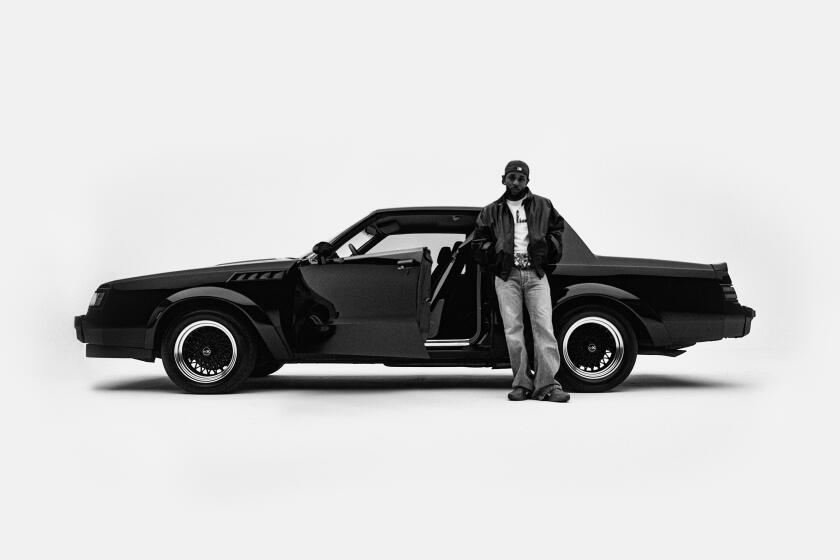Early Demos Give Warmth to Diamond’s ‘Lifetime’
Diamond has written some of the most appealing songs of the modern pop era, from the downbeat optimism of “Solitary Man” and the sing-along charm of “Sweet Caroline” to the gritty self-affirmation of “I Am . . . I Said.”
So Diamond fans are likely to be puzzled when they pick up this three-disc retrospective and fail to recognize any of the first 10 titles on Disc 1--songs, such as “Blue Destiny” and “Clown Town,” that were written before Diamond broke into the national charts in 1966.
But those raw, early demos provide the chance to hear Diamond’s initial creative unfolding, and they give the boxed set a warmth that is often missing from greatest-hits packages.
The mistake was to start the sequence with an overly aggressive 1992 concert version of “Hear Them Bells,” the first song Diamond ever wrote. Though there is no demo on the song, he could have recorded a more intimate version that would convey better the innocence of a writer testing his dreams.
Otherwise, the early tracks are a delight. One of Diamond’s strengths over the years has been the way he has drawn upon such rich musical strains as Tin Pan Alley pop, rock, Latin music and country. Many of those influences are displayed in these early songwriting attempts.
In the demos for such songs as “What Will I Do?,” “A Million Miles Away” and “A Good Kind of Lonely,” you hear echoes of everyone from the Everly Brothers and Phil Spector to Buddy Holly and Dion.
Diamond’s own songwriting identity and craft blossom in “Solitary Man,” his first hit. The track is followed in the set by several of the other selections from his Bang Records days--songs that have made Diamond a big favorite with a lot of today’s more tuneful young rock groups. Among the songs: “Cherry, Cherry,” “I’m a Believer” and “Girl, You’ll Be a Woman Soon.”
By the time of “Shilo” in 1967, Diamond was anxious to move beyond teen-driven Top 40 fare, and he left Bang for Uni Records, where he was promised more artistic freedom. While at the label he wrote many of his most popular concert numbers, from “Holly Holy” and “Brother Love’s Traveling Salvation Show” to “Cracklin’ Rosie” and “Song Sung Blue.”
Moving to Columbia Records in 1973, Diamond entered the most ambitious and uneven phase of his career. For a while his music took on a deeper, more mature feel, including the highlights of the “Jonathan Livingston Seagull” soundtrack and, especially, “Beautiful Noise,” a 1975 album produced by Robbie Robertson. The latter is represented in the set by the spirit-lifting title tune, the darkly reflective “If You Know What I Mean” and the socially conscious “Dry Your Eyes.” The album was followed by one of his biggest hits, the soundtrack of “The Jazz Singer.”
After that, Diamond’s recordings began losing some of their universality and grace--qualities that didn’t return until the highlights of this year’s “Tennessee Moon.” Not only does much of the songwriting on Disc 3 lack the character of his best work, but the arrangements moved too far from the roots-flavored seductiveness of the earlier tunes.
“In My Lifetime” would deserve a higher rating if it focused more strongly on the pre-”Beautiful Noise” period or included more “Tennessee Moon” selections rather than trying to represent every step of his career.
Even with the weak Disc 3, however, “In My Lifetime” is the work of a major American artist--music that, at its richest, speaks to us so effortlessly that it seems to be drawn straight from our own experience.
*
Albums are rated on a scale of one star (poor), two stars (fair), three stars (good) and four stars (excellent).










